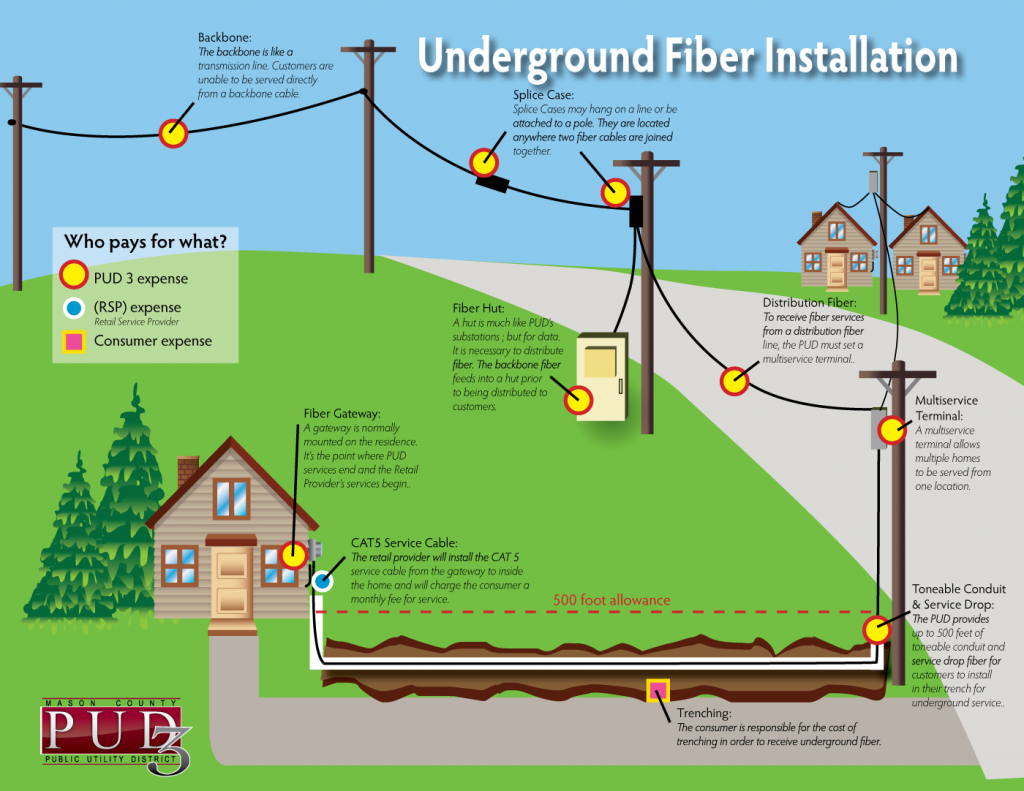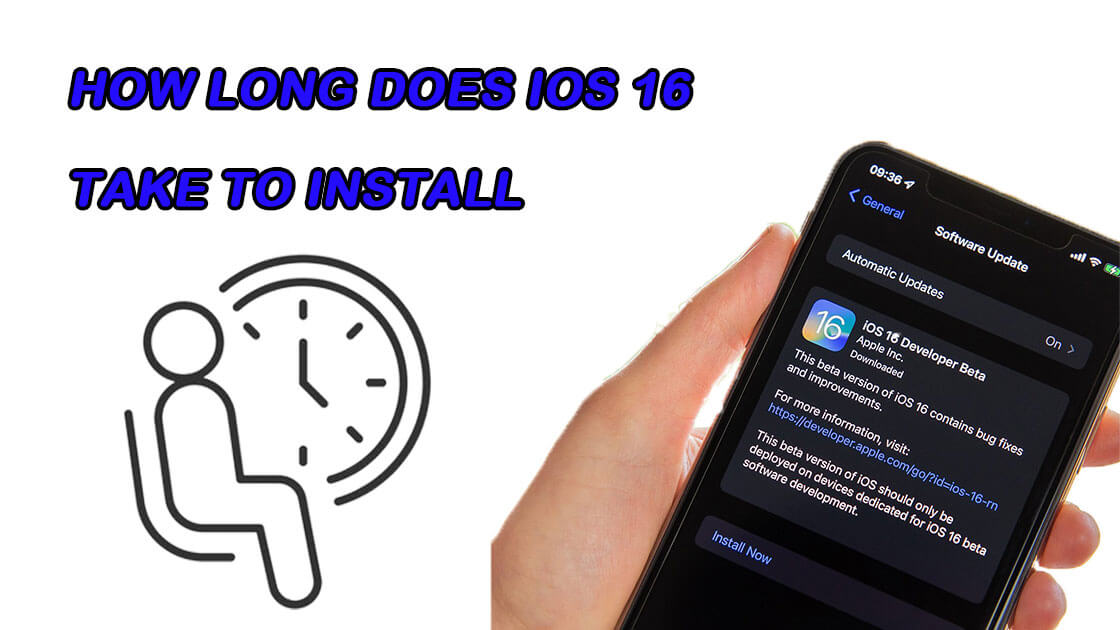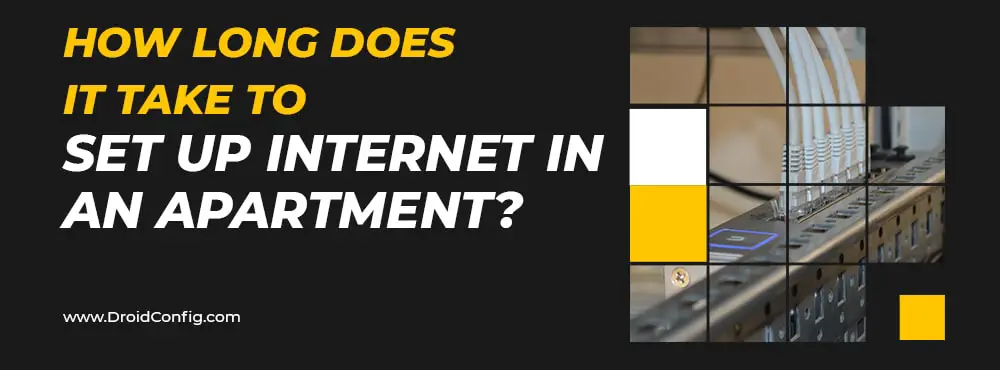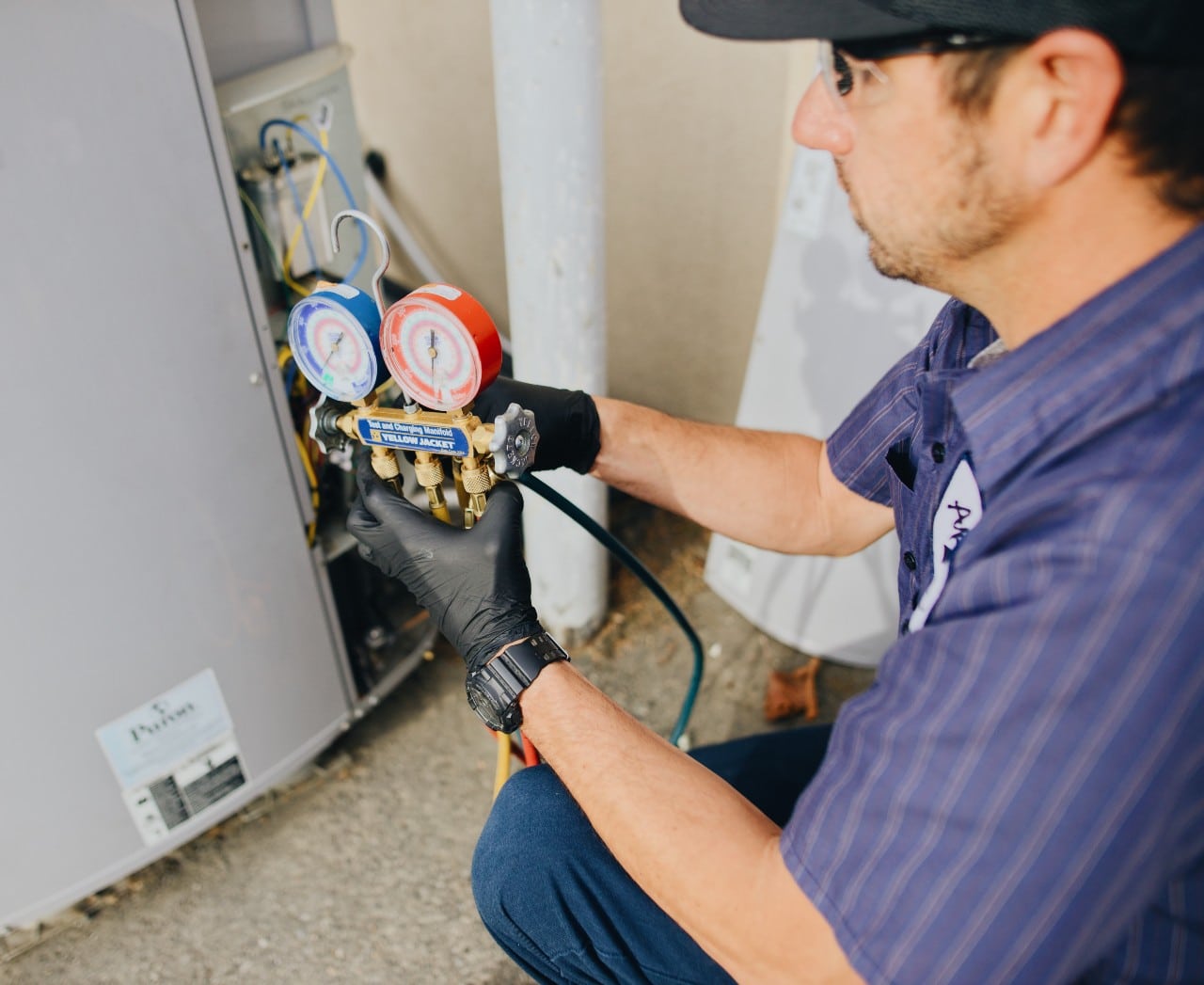How Long Does It Take For Internet To Be Installed

In today's hyper-connected world, a stable internet connection isn't a luxury; it's a lifeline. But the frustrating wait between signing up for internet service and actually getting online can feel like an eternity. What factors contribute to this delay, and what can consumers expect when scheduling their internet installation?
The timeline for internet installation is rarely straightforward. It varies significantly based on location, internet service provider (ISP), technology type (fiber, cable, DSL, satellite), and existing infrastructure. Understanding these variables is crucial for setting realistic expectations and navigating the installation process smoothly.
Factors Influencing Installation Time
Location, Location, Location
Rural areas often face longer installation times compared to urban centers. The availability of existing infrastructure plays a major role. If new lines need to be laid or equipment installed, the process can extend considerably.
Permitting delays, especially in areas with Home Owners Associations or strict regulations, can also add weeks to the installation timeframe.
The ISP Matters
Different ISPs operate with varying levels of efficiency. Comcast, Verizon, AT&T, and smaller regional providers each have their own scheduling protocols and technician availability. Wait times can fluctuate based on the ISP's current workload and the demand for their services in a particular area.
Established ISPs with extensive networks often have faster turnaround times than newer companies still building out their infrastructure.
Technology Type: A Key Determinant
Fiber optic installations are typically the most time-consuming. They require specialized equipment and expertise. The process might involve running new fiber lines directly to the home, which can take several weeks or even months depending on the complexity of the project.
Cable internet installations are usually quicker. In most cases, existing cable lines can be utilized. A technician visit to connect the modem and activate the service is generally sufficient.
DSL internet, relying on existing telephone lines, is often faster to install than fiber but may still require a technician visit. Satellite internet, while readily available in remote areas, may involve aligning the satellite dish and ensuring proper signal reception, potentially adding to the installation time.
Average Installation Times: A Range of Possibilities
According to industry data, the average internet installation time can range from a few days to several weeks. Simple cable or DSL installations, where existing infrastructure is in place, might be completed within 1-7 days.
Fiber optic installations can take considerably longer, potentially extending to 2-8 weeks or more, especially if new construction is required. Satellite internet installations typically fall within the 1-2 week timeframe.
"The biggest variable is often whether or not the location is 'serviceable' – meaning, is the infrastructure already in place? If it isn't, that adds significant time," explains John Smith, a telecom consultant.
The Consumer Experience: What to Expect
After signing up for internet service, consumers typically receive a confirmation email or call from the ISP. This usually includes a tentative installation date.
It is crucial to confirm the installation date and time, and to inquire about any potential delays. Clear communication with the ISP is essential for a smooth installation process.
On the day of installation, a technician will typically arrive to set up the modem and router, connect the service, and test the internet connection. Consumers should ensure someone is available to grant access to the property and answer any questions the technician may have.
Looking Ahead: Streamlining the Installation Process
ISPs are constantly working to improve their installation processes. This includes investing in better infrastructure, streamlining scheduling systems, and providing technicians with enhanced training.
Self-installation kits are becoming increasingly popular for cable and DSL internet. These kits allow consumers to set up their own internet service without the need for a technician visit, potentially saving time and money.
As technology evolves, the installation process for internet services will continue to become more efficient. The future may bring automated installations and even faster deployment of fiber optic networks.
While the wait for internet installation can be frustrating, understanding the factors that contribute to the timeline can help consumers navigate the process with realistic expectations. By choosing the right ISP and technology, and maintaining clear communication, individuals can minimize delays and get connected sooner.





![How Long Does It Take For Internet To Be Installed How Long Does iOS 16 Take to Install [with Useful Tips]](https://www.mobikin.com/d/file/ios-recovery/how-long-does-ios-16-take-to-install.jpg)












